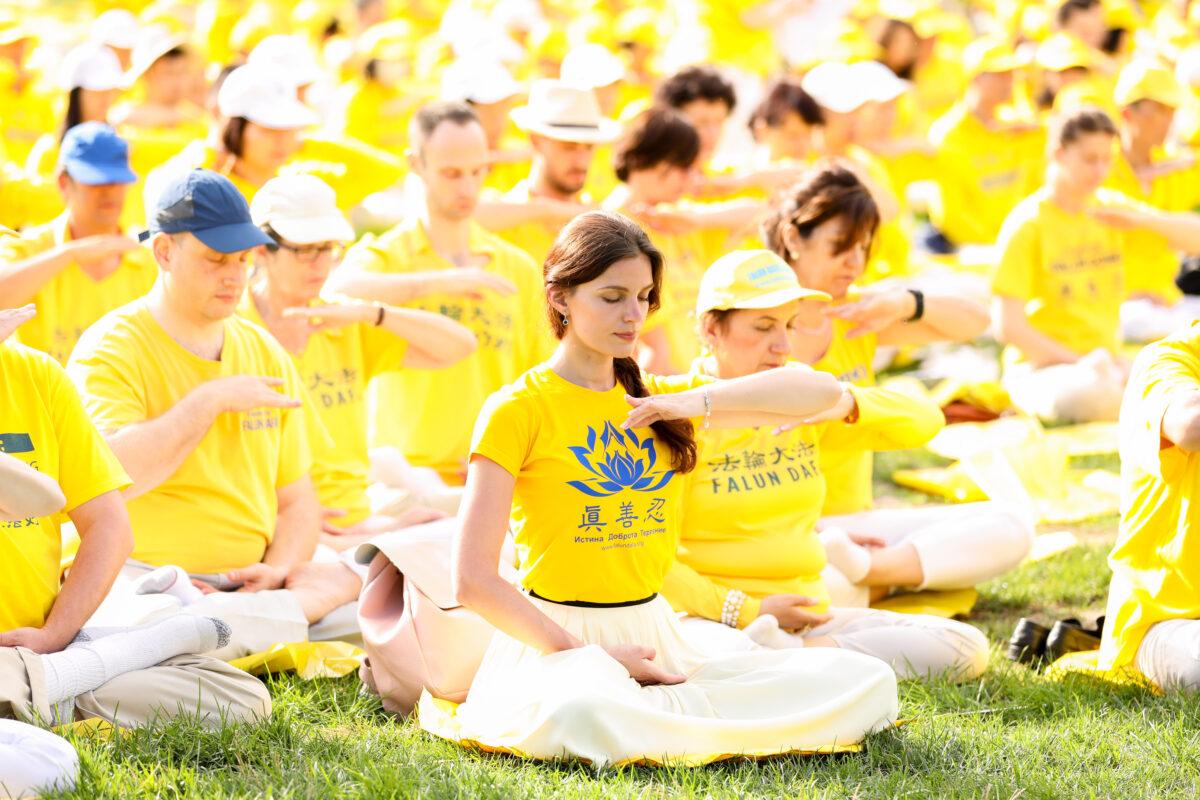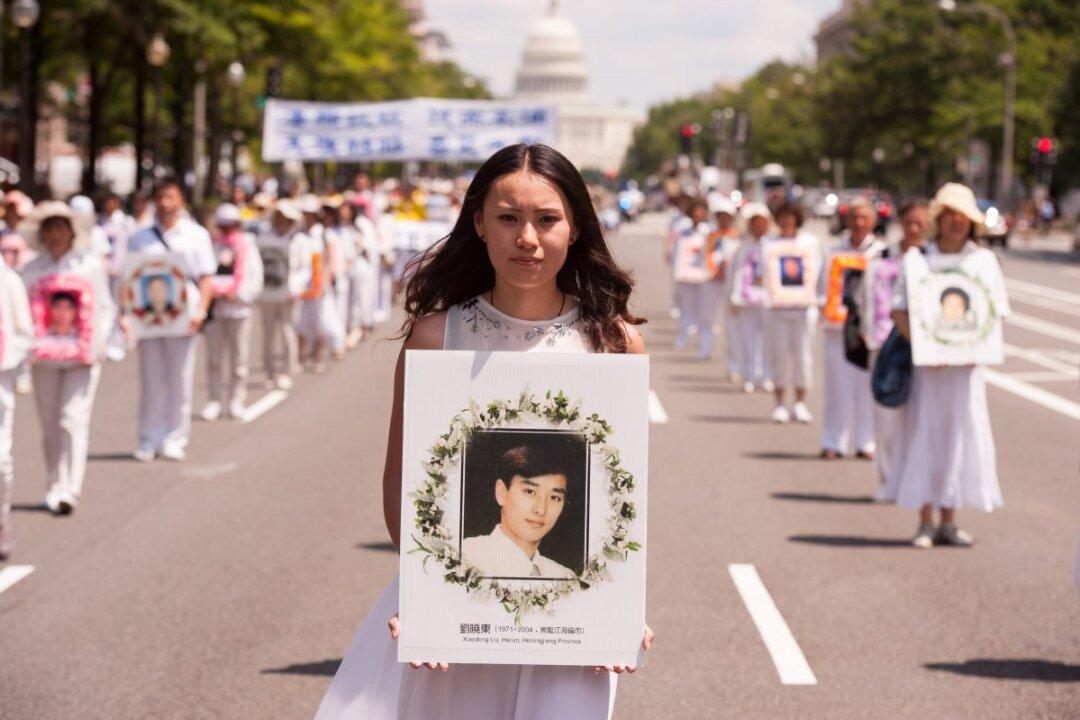As the executive director of the Falun Dafa Information Center, I would like to respond to this attack against Falun Gong.
The article raises serious concerns about the NY Times’ reporting on Falun Gong. Specifically, this article propagates false narratives and inaccuracies about the Buddhist-based spiritual practice, as well as a striking trivialization of the nature and scale of human rights abuses faced by people who practice Falun Gong in China.
At a time when millions of innocent Falun Gong believers in China—who have no connection with the U.S. media and political landscape—continue to face abduction, torture, and extrajudicial killing at the hands of the CCP, these problems constitute a gross negligence, or perhaps even mal-intent, on the part of the NY Times.
Indeed, the mistakes made in this article signal a bizarre and troubling downturn of what was once a pillar of American journalism.
Suspicious Silence Amid Terrible Atrocities
The NY Times article reduces the sum-total of human rights abuses faced by Falun Gong in China to mere accusations made by Falun Gong and Falun Gong alone: “The group ... accuses [the CCP] of torturing Falun Gong practitioners and harvesting the organs of those executed.” A parenthetical reference notes that tens of thousands of practitioners were sent to labor camps “in the early years” implying that few Falun Gong practitioners in China face life and death persecution today.This depiction couldn’t be further from the truth.
Freedom House estimates 7 million to 20 million people in China continue to practice Falun Gong today. Not only has the Falun Dafa Information Center documented and reported on thousands of illegal abductions, long sentences, torture, and deaths in custody during 2020 alone, but Chinese government websites indicate a new campaign to “zero out” Falun Gong in towns and villages across the country.
And just as importantly, it isn’t Falun Gong sources alone that have documented the extreme violence meted out to peaceful believers in China. For 20 years, millions of people have been harassed, detained, imprisoned, tortured, or killed by Chinese authorities, a fact that has been regularly documented in annual reports by the United Nations, Amnesty International, Freedom House, and the U.S. State Department, among others.
Here are a few brief examples:
On the topic of organ harvesting, the reality of Falun Gong practitioners being killed for their organs in China is now widely accepted among human rights organizations, policy makers, and academic circles.
The New York Times failed to report on this story.
In the face of such extensive documentation by human rights organizations, democratic governments in the West, the United Nations, and many of other media outlets, why would the NY Times characterize the entirety of the evidence as “the group ... accuses”? Furthermore, this story comes on the heels of 20 years of near complete silence on the plight of Falun Gong.

Blatant Falsehoods
This NY Times article also carries blatant falsehoods about the Falun Gong teachings and beliefs.For example, the article propagates the idea that Falun Gong “forbids interracial marriage.” Yet, even the most casual examination of Falun Gong communities anywhere around the world, including here in New York, demonstrates that interracial marriage, and mixed-race children, abound.
I myself, a Falun Gong practitioner, am married to a woman of a different race, and we have two lovely mixed-race boys. Clearly, this idea that Falun Gong “forbids interracial marriage” has no basis in reality.
Then, where does this lie come from? In recent years, Chinese Embassy websites throughout the West have started to use this phrase to demonize Falun Gong in their English-language propaganda because they know it will be triggering in the West.
Implying Thuggery or Worse
There were more subtle, yet no less misleading, statements made in this NY Times article as well.When characterizing some of his sources, the author indicates that they spoke anonymously because they “feared retaliation ... [from] Falun Gong.” The article presents no evidence or credence for this “fear,” but its connotation of violence is the polar opposite of the peaceful nature of the practice, and the manner in which Falun Gong believers conduct themselves.
Furthermore, there is an abundance of notable figures who have actually come to know the Falun Gong community well and can testify that such a sentiment is groundless.
David Kilgour, former Canadian secretary of state (Asia-Pacific), describes Falun Gong practitioners as “wonderfully sweet, kind people without a vicious bone in their body.”
Professor Arthur Waldron, Lauder professor of international relations in the Department of History at the University of Pennsylvania, has said Falun Gong “are outstanding people by any standard: intelligent, well-educated, hard-working, moral in their behavior, courageous.”
In fact, for more than 20 years, millions of people across China have faced terrible violence and oppression, and there’s not a single known case of a Falun Gong practitioner raising their hand in retaliation against their oppressor.
20 Years of Near Silence, Obfuscation
All this begs the question: Why has the NY Times, by and large, ignored the horrific human rights abuses meted out against people who practice Falun Gong in China for the past 20 years? And when it does cover Falun Gong, why is the reporting riddled with falsehoods and glaring omissions?Perhaps it has something to do with the meeting between NY Times publisher Arthur Sulzberger Jr. and then-CCP leader Jiang Zemin (who single-handedly started the persecution of Falun Gong) back in 2001? After this meeting, there was no meaningful reportage about the Falun Gong persecution for the next 20 years (with one notable exception: the work of Andrew Jacobs).
The NY Times has been a consistent presence on the kitchen table in my household for three generations. In recent years, however, we have become increasingly alarmed as the perspectives injected into its news, as well as those omitted from it, veer dangerously off course from news that’s “fit to print” and tacks strangely close to a narrative that would certainly please Beijing.
We implore the NY Times to remove whatever policies, influences, or biases are currently in place that are preventing fair and accurate reporting on Falun Gong, and get the story, the whole story, right. As millions across China who practice Falun Gong remain vulnerable to wrongful imprisonment, torture, and killing, doing so could literally save lives.





